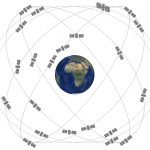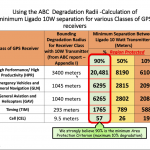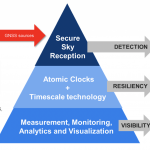Second Lockheed Martin GPS III Satellite Declared “Available for Launch” by US Air Force
As the first Lockheed Martin-built GPS III satellite prepares to ship to the launch pad, the U.S. Air Force has declared that the second GPS III satellite is complete, fully tested and ready to launch.
By Inside GNSS













